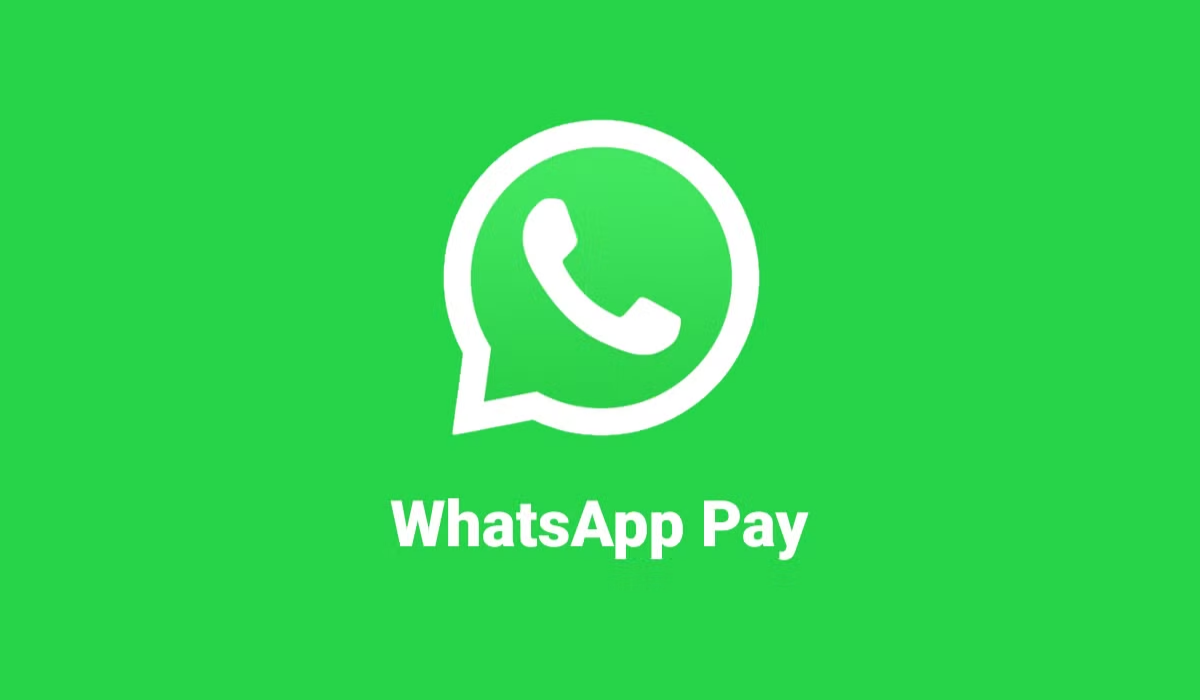In a significant move, the National Payments Corporation of India (NPCI) has lifted all user registration caps for WhatsApp Pay, granting the platform full access to its 500-million-strong user base in India. While this marks a milestone for WhatsApp Pay, the question remains: Can it succeed in the crowded Unified Payments Interface (UPI) market dominated by entrenched players like PhonePe and Google Pay?
A Slow Start for WhatsApp Pay
WhatsApp Pay’s journey into UPI has been far from smooth. After its trial run in 2018, regulatory approvals delayed its full-scale launch until February 2020. Even then, the NPCI imposed a cap of 20 million users. It took two years for WhatsApp Pay to increase the limit to 100 million users and another two years to remove the cap altogether.
Despite its vast user base, WhatsApp Pay has struggled to gain significant traction in India’s digital payments ecosystem. The reasons extend beyond regulatory challenges, as the platform faces stiff competition from incumbents who dominate consumer mindshare and transaction volumes.
UPI’s Current Landscape
India boasts 375 million monthly active UPI users, a subset of the 850 million internet users in the country. PhonePe and Google Pay collectively command 84.4% of the UPI market, with PhonePe holding a 47.72% share and Google Pay accounting for 36.7%. Paytm, the third-largest player, occupies another 6.88%.
This leaves a mere 9% of the market for the remaining 80-odd UPI apps, many of which struggle to carve out a significant presence. Yet, newer entrants such as Sachin Bansal’s Navi and Flipkart-backed Super.money are already making waves.
In December 2024, Navi achieved 1.21% of UPI transaction volumes—an impressive feat considering no other new entrant outside the top three players has managed to cross 1% in nearly a decade. Similarly, Super.money completed over 101 million transactions in just six months, claiming 0.61% of the market and outpacing established players like Amazon Pay.
Challenges for WhatsApp Pay
To challenge the dominance of PhonePe and Google Pay, WhatsApp Pay must address several hurdles:
- Consumer Habits: PhonePe and Google Pay have entrenched themselves as the go-to apps for UPI payments. Switching costs for users, even on a free platform, remain high due to familiarity and trust.
- Value Proposition: Unlike its competitors, WhatsApp Pay lacks a unique feature or incentive that could lure users away from established players.
- Market Saturation: With over 80 UPI apps already in operation, the market is heavily crowded. Even newer players like Navi and Super.money have carved out niches, making it even harder for WhatsApp Pay to stand out.
- Product Strength: The platform needs to go beyond basic UPI functionalities and offer an intuitive, feature-rich product to attract users.
The Road Ahead
Despite the challenges, WhatsApp Pay has some advantages. Its integration within the WhatsApp messaging app, which boasts over 500 million users in India, provides a vast potential user base. The seamless transition from chat to payment could appeal to a segment of users who value convenience.
Additionally, WhatsApp Pay could leverage its global expertise and financial backing from parent company Meta to introduce innovative features and reward programs, potentially disrupting the market dynamics.
However, unless WhatsApp Pay delivers a top-tier product that competes with PhonePe and Google Pay in terms of speed, reliability, and rewards, it might struggle to make a significant dent in the market. The key lies in identifying and targeting underserved user segments, building trust, and offering differentiated services.
Conclusion
With the removal of user caps, WhatsApp Pay now has the opportunity to compete in India’s UPI market on an equal footing. However, the path to success requires more than just regulatory clearance. To upend the PhonePe-GPay duopoly, WhatsApp Pay must innovate, adapt, and offer real value to users in an already saturated space.
Only time will tell if WhatsApp Pay can rise to the challenge and become a formidable player in India’s digital payments ecosystem.


[…] Also Read: Will WhatsApp Pay Shake Up India’s Competitive UPI Landscape? […]